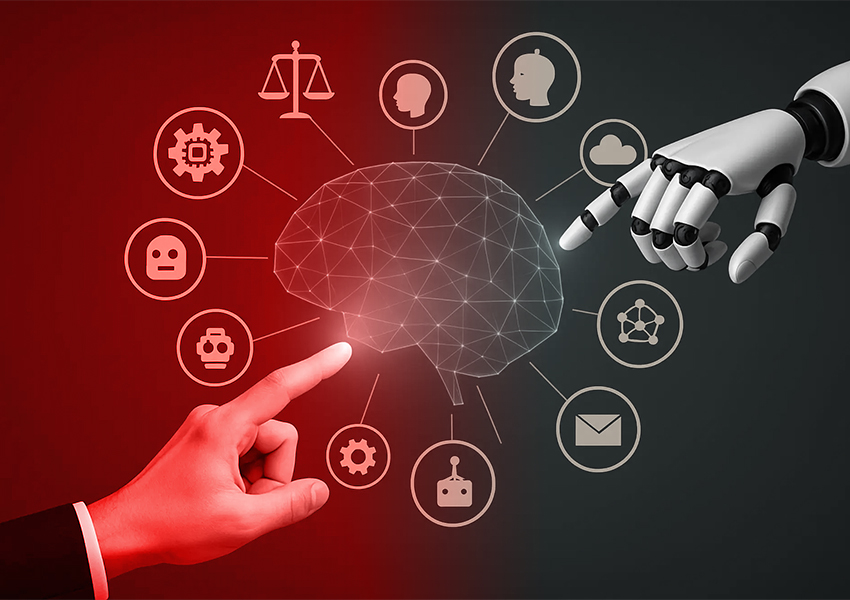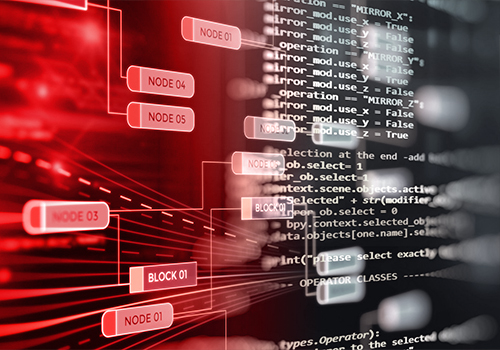
Is AI Going to Replace Your Job? Navigating the Future of Work
Artificial Intelligence (AI) is no longer a futuristic concept; it's here, reshaping industries, workflows, and job roles. As AI technologies advance, questions arise: Will AI replace human jobs? How can workers adapt? And what does this mean for the future of employment?
In this blog, we delve into the impact of AI on the workforce, examining real-world case studies from leading companies to understand how AI is transforming jobs and what it means for employees.
Understanding AI's Impact on Employment
AI encompasses a range of technologies, including machine learning, natural language processing, and robotics, that enable machines to perform tasks that traditionally required human intelligence. These tasks range from data analysis and customer service to complex decision-making processes.
The integration of AI into various sectors has led to significant changes in job structures:
- Job Displacement: Certain roles, especially those involving repetitive tasks, are being automated, leading to job losses in specific sectors.
- Job Transformation: Many existing roles are evolving, with AI handling routine tasks, allowing employees to focus on more strategic and creative aspects of their jobs.
- Job Creation: New roles are emerging in AI development, data analysis, and AI ethics, requiring a different skill set and mindset.
Case Study 1: Klarna's AI-Driven Customer Service
- Industry: Fintech
- Technology Used: AI Chatbots
- Outcome: Job Transformation
Klarna, a Swedish fintech company, has integrated AI into its customer service operations. Their AI assistant now handles the equivalent workload of over 800 full-time staff, significantly reducing the need for human customer service agents. However, Klarna has introduced "freelance consultant" roles, offering flexible, gig-style employment to individuals, particularly targeting students and rural workers. These roles complement the AI system, ensuring human interaction is available when needed. This approach demonstrates how AI can transform jobs rather than eliminate them entirely.
Case Study 2: IBM's Watson in IT Support
- Industry: Technology
- Technology Used: AI for IT Support
- Outcome: Job Displacement and Creation
IBM deployed its AI platform, Watson, to automate IT support tasks, leading to the elimination of over 3,000 IT support jobs globally. Watson handles up to 80% of support queries without human intervention, learning from each interaction to improve its responses. While this resulted in job displacement, IBM also invested in retraining programs, equipping employees with skills in AI and data analytics, thereby creating new opportunities within the company.
Case Study 3: Amazon's Warehouse Automation
- Industry: E-commerce
- Technology Used: Robotics and AI
- Outcome: Job Transformation
Amazon has integrated AI-powered robots in its fulfillment centers to automate tasks such as inventory management and order picking. This automation has led to a reduction in certain manual labor roles. However, Amazon has also created new positions in robotics maintenance, AI system management, and data analysis. The company emphasizes the importance of upskilling and offers training programs to help employees transition into these new roles, illustrating how automation can transform job functions within an organization.
As AI continues to evolve, workers can take proactive steps to adapt:
- Continuous Learning: Engage in lifelong learning to acquire new skills, particularly in AI, data analysis, and digital literacy.
- Embrace Technology: Develop a comfort level with AI tools and platforms to enhance productivity and efficiency.
- Focus on Human Skills: Cultivate skills that AI cannot replicate easily, such as creativity, emotional intelligence, and complex problem-solving.
- Stay Informed: Keep abreast of industry trends and technological advancements to anticipate changes in the job market.
Conclusion: AI as a Tool for Empowerment
While AI is transforming the job landscape, it is not an existential threat to employment. Instead, it serves as a tool that can enhance human capabilities, streamline operations, and create new opportunities. The key lies in how individuals and organizations respond to these changes.
By embracing AI, investing in skill development, and fostering a mindset of adaptability, workers can not only survive but thrive in an AI-augmented world. The future of work is not about humans versus machines; it's about humans working alongside machines to achieve greater heights.




